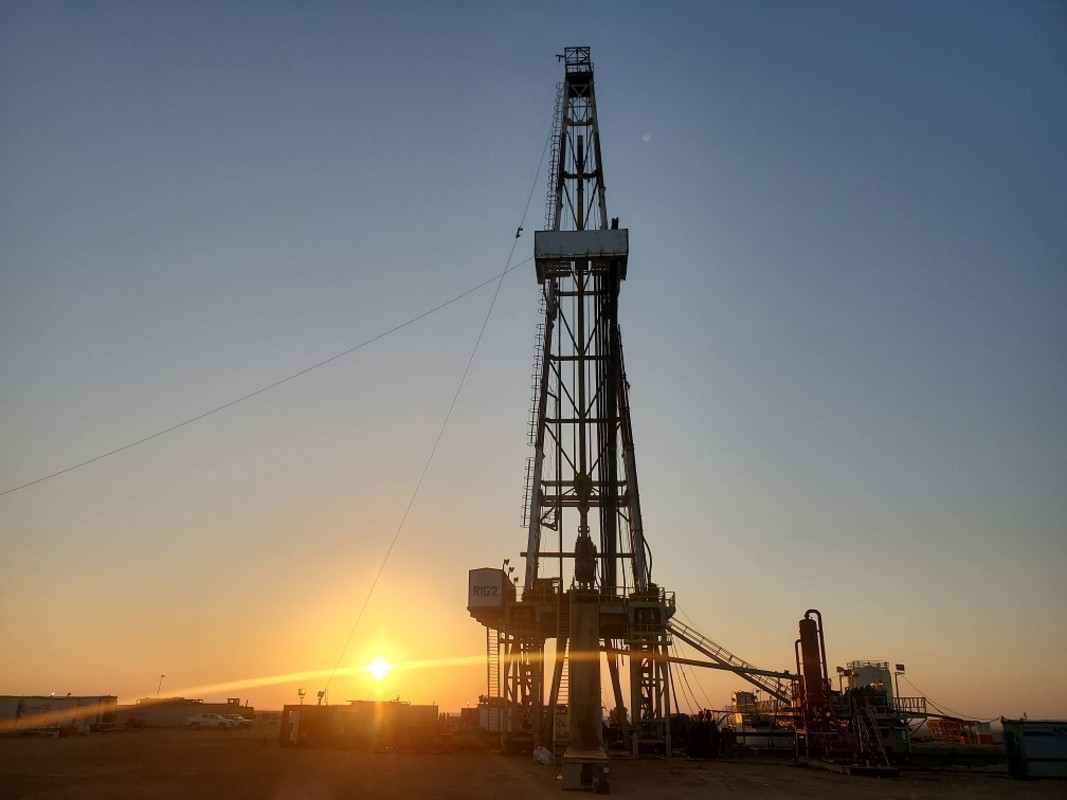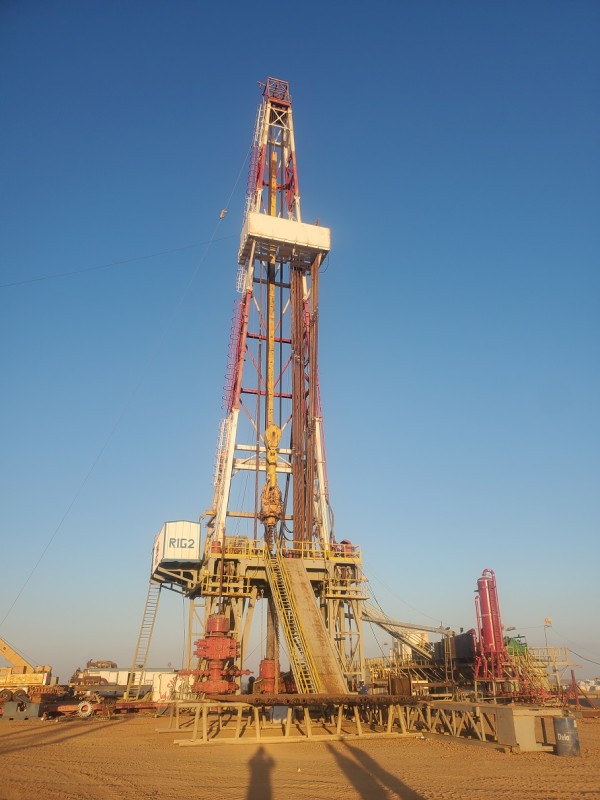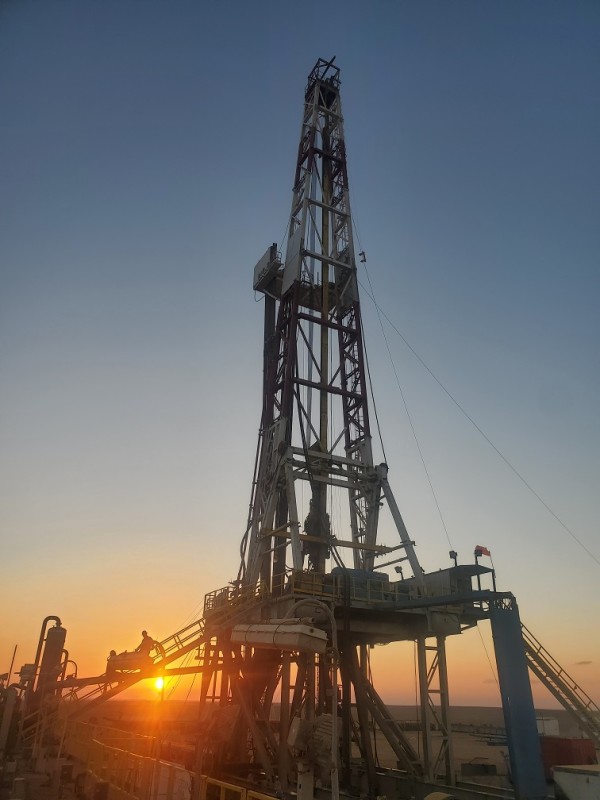
In the vast expanse of Egypt's Western Desert, a hidden treasure of oil and gas resources lies in wait, largely untapped until now. The Badr oil field (BED-1) in the Western Desert holds the promising potential of more than 500 million barrels of oil initially in place within the unconventional heavy oil Abu Roash “F” (ARF) formation.
This presents a remarkable opportunity for sophisticated high net worth investors and family offices seeking growth and diversification in the energy sector. TAG Oil (ticker TSXV: TAO, OTCQX: TAOIF), a pioneering company with a proven track record in International oil and gas exploration, is at the forefront of this transformative venture.

North American Oil Innovation
North American petroleum geologists and geoscientists have long been at the forefront of oil exploration and extraction. Their relentless pursuit of innovation has yielded remarkable results, including the achievement of energy independence in the United States just a few years ago. The combination of cutting-edge technologies and strategic vision has been key to these successes. TAG Oil is now poised to bring this innovation to the Western Desert of Egypt.
Unlocking the Potential of ARF Formation in Egypt
The ARF formation in BED-1 holds immense potential, with the possibility of more than 500 million barrels of oil initially in place. What sets TAG Oil apart is its strategy to employ advanced techniques like horizontal drilling and Enhanced Oil Recovery (EOR) to unlock this reservoir's latent riches.
Horizontal drilling is a technique that allows for the extraction of oil and gas from shale rock formations. Unlike traditional vertical drilling, horizontal drilling involves drilling vertically to a certain depth before turning the drill bit horizontally and continuing to drill within the rock formation. This approach significantly expands the area from which oil and gas can be extracted. This technology has revolutionized the oil and gas industry, making it possible to reach previously inaccessible reserves.

Four Benefits of Horizontal Drilling
1. Increased Production: Horizontal drilling enables the extraction of oil and gas from a larger area than vertical wells, leading to increased production.
2. Reduced Environmental Impact: By minimizing the number of wells needed, horizontal drilling helps mitigate the environmental impact of drilling operations.
3. Improved Efficiency: The larger extraction area and reduced need for additional wells make horizontal drilling more efficient.
4. Lower Costs: Although the initial investment in horizontal drilling can be higher, it is often more cost-effective for accessing previously inaccessible resources.
Enhanced Oil Recovery
EOR is another critical aspect of TAG Oil's approach to maximizing oil recovery in the Western Desert. EOR, also known as tertiary recovery, aims to extract crude oil from fields that are otherwise challenging to tap into. This process involves altering the chemical composition of the oil to make it easier to extract. When optimized, EOR can extract 30% to 60% or more of a reservoir's oil, compared to other recovery methods.
Toby Pierce, CEO of TAG Oil, explains, “Our team’s expertise to deploy various proven EOR technologies will help us achieve optimum production and maximize ultimate recovery. These technologies include water injection, gas injection, reducing residual oil saturation, and thermal steam injection.”
Brownfield Optimization: The Unsung Hero
While new and innovative solutions are making their way to oil-rich countries like Egypt, one often overlooked strategy for a more sustainable future is brownfield optimization. Mature fields present exponential opportunities for the oil and gas industry to support global energy demands while reducing the carbon footprint.
Brownfields are oil or gas accumulations that have matured to a production plateau or even declined in production. Thanks to advancements in technology, these once-abandoned developments can be rejuvenated. The application of horizontal fracturing techniques in some U.S. land basins, which had faced production issues for over 40 years, has transformed them into prolific producers.
In the past, operators might have permanently halted production in these fields in favor of new ones, but times have changed. The industry's focus is now on extending the life of existing fields and maximizing recovery from them. Expandable tubular technology is a game-changer in this regard. It helps operators solve complex well-integrity issues and allows for sidetrack drilling to enable greater reservoir drainage with horizontal wells.
By enhancing flow areas and restoring existing wells with expandable patches, operators can continue to produce from reserves that were once considered uneconomical. “This not only enhances production, but also contributes significantly to sustainability efforts by reducing the need for new drilling,” says Pierce.

A Shift Towards Sustainability
The oil and gas industry is experiencing a notable shift towards sustainability. “Operators are increasingly focused on enhancing the recovery and extending the life of existing fields, which is both economically and environmentally sound,” says Pierce. A recent industry report projected a significant increase in workover spend in 2023 to $58 Billion USD, with operators looking to extract additional resources from existing wells rather than drilling new ones.
The utilization of expandable tubulars is a significant catalyst for brownfield optimization. This technology allows for the extraction of additional resources from existing wells, preserving valuable inner diameters and maintaining high production viability. It also enables the relining and restoration of existing wells, making production from previously uneconomical reserves possible.
More Innovative Technology on the Way
In the coming years, the energy industry will continue to leverage cutting-edge technologies to increase output and reduce its carbon footprint. Artificial Intelligence (AI) will be employed for communication, task delegation, and machinery operation. The Internet of Things (IoT) technology will enable energy firms to operate devices more conveniently, providing updates on maintenance schedules, inventory stock, and equipment conditions.
What’s more, electronic monitoring technology will play a pivotal role in providing real-time information on facility conditions, making evaluations and inspections more efficient. And lastly, drones will enable comprehensive scans of facilities, resulting in faster and more accurate remote management assessments.
Conclusion
TAG Oil's innovative approach and the untapped potential of Egypt's Western Desert offer a unique investment opportunity for high net worth investors and family offices. Leveraging its technology and a proven track record of innovation, TAG Oil is well-positioned to unlock the overlooked treasure trove of oil and gas resources in Egypt and the MENA region.
The combination of horizontal drilling, EOR, and brownfield optimization not only maximizes oil recovery but also contributes to reducing the carbon footprint of oil and gas operations. As the industry continues to embrace innovation and sustainability, TAG Oil stands at the forefront, making it an enticing prospect for those looking to invest in the future of energy exploration and production.







